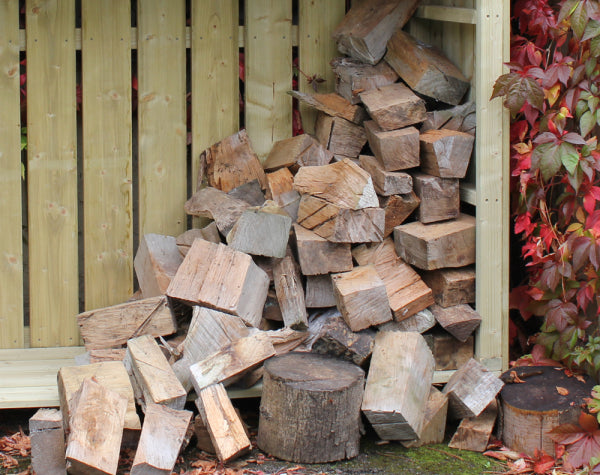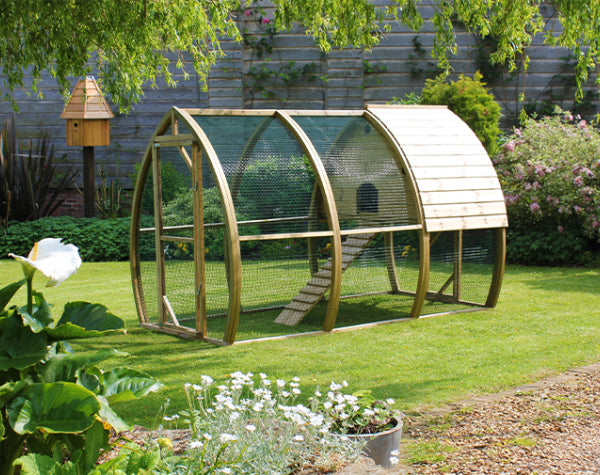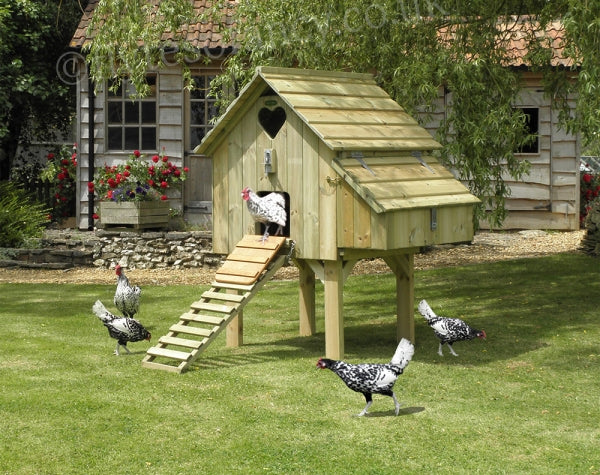Wood Burning Guide - which wood is best for logs?
When it comes to choosing the type of timber for your Wood burner or fire, we thought it would be helpful to know which trees make the best wood burning logs.
When using trees for firewood we recommend that all wood needs seasoning for at least a year or two, depending on moisture content. Aim for an ideal moisture content (measured) of 10-12%, or at least, less than 20%. For more details visit our page on Buying & Seasoning Logs.
Below we have created a tree-by-tree guide to describe and show the most well-known trees (UK) and given them rating for their burning quality.

Alder is no good as firewood. Alder wood tends to burn quickly when fully seasoned and gives off little heat.


Apple is extremely hard stuff once seasoned. Applewood burns with a gorgeous aroma and doesn’t spark or spit.


Ash is one of the best woods for fuel. Produces lovely flames and great heat, even when green. Use branches for kindling.


Beech is a very good firewood. Produces both heat and flame. It can sometimes give off a few sparks.


Birch is good firewood producing a great fire but burns fairly quickly, even unseasoned. Can use the bark as kindling.


Blackthorn logs are usually small, but it burns slowly and gives off lots of heat with little smoke.


Cedar is not good on open fires as it spits and sparks. Lovely aroma. Needs long seasoning. Good heat if used in Woodburner.


Cherry needs to be well seasoned. Small logs but it burns slowly without spitting. Pleasant smell.


Douglas Fir isn't good as firewood. Produces little flame or heat and burns very quickly.


Elder is smoky and a quick burner. Not much heat and not commonly used for firewood.


Elm needs long seasoning time (2 years) due to huge water content. Good firewood, burns slowly, giving constant heat.


Eucalyptus is not recommended as firewood. Burns very quickly, even when seasoned. Oils can start chimney fire.


Hawthorn is an excellent firewood as it burns hot and slowly. Even the smaller twigs are worth using.


Hazel makes very good firewood when well seasoned. No spitting, but burns quickly.


Holly can make good firewood when seasoned for at least 2-years. Burns well.


Hornbeam makes excellent firewood, producing a hot slow-burning fire. Tip: chop as required before seasoning as it is a very hard wood.


Horse Chestnut needs long seasoning. Good in a woodburner, not in open fire, lots of spitting but good flame and heat.


Larch isn't that good as firewood due to tendency to spit. Has good heat output but produces an oily soot in chimneys.


Laurel produces a nice flame, but little heat. Needs seasoning but not ideal for firewood.


Lime is a poor, low-quality wood for fuel with little flame. Not much good as firewood.


Maple trees make a good quality firewood. Good flame and heat.


Oak is excellent firewood. Burns slowly, gives plenty of heat. Oak needs long seasoning, 2 years at least, otherwise gives off an acrid smoke.


Pear needs seasoning well. Good heat, as well as a gorgeous aroma.


Pine tree species have a nice flame and scent but they spit and leave an oily soot in your chimney.


Plum tree is OK as firewood, has good heat output and nice scent.


Poplar makes poor quality firewood. Burns quickly so generally not worth the effort in cutting it up. Black smoke.


Rowan is a good firewood. Produces a good, hot, slow-burning fire.


Spruce is not a good firewood, burning too quickly and produces lots of sparks. Not recommended.


Sweet Chestnut is not suitable for an open fire as it spits all the time. Needs seasoning but even then, burns quickly.


Sycamore is a good firewood, burning well but produces only moderate heat. Needs long seasoning.


Walnut tree firewood burns well with a pleasant smell. Best after long seasoning e.g. 2 years.


Willow burns slowly even when seasoned properly. However, little flame, can spark.


Yew tree firewood is one of the best. It burns slowly and produces lots of heat.

Further reading
Now you've decided on your firewood, what you need is a proper Dorset Log Store to season the logs and keep them in tip top condition for burning.
For more hints and tips on using logs and how to make a fire burn for maximum efficiency visit Buying & Seasoning Logs.
© FlytesoFancy 2012. Updated 2024. Author: Anne Weymouth (Director, Flyte so Fancy). For more about who we are, see About Us.



